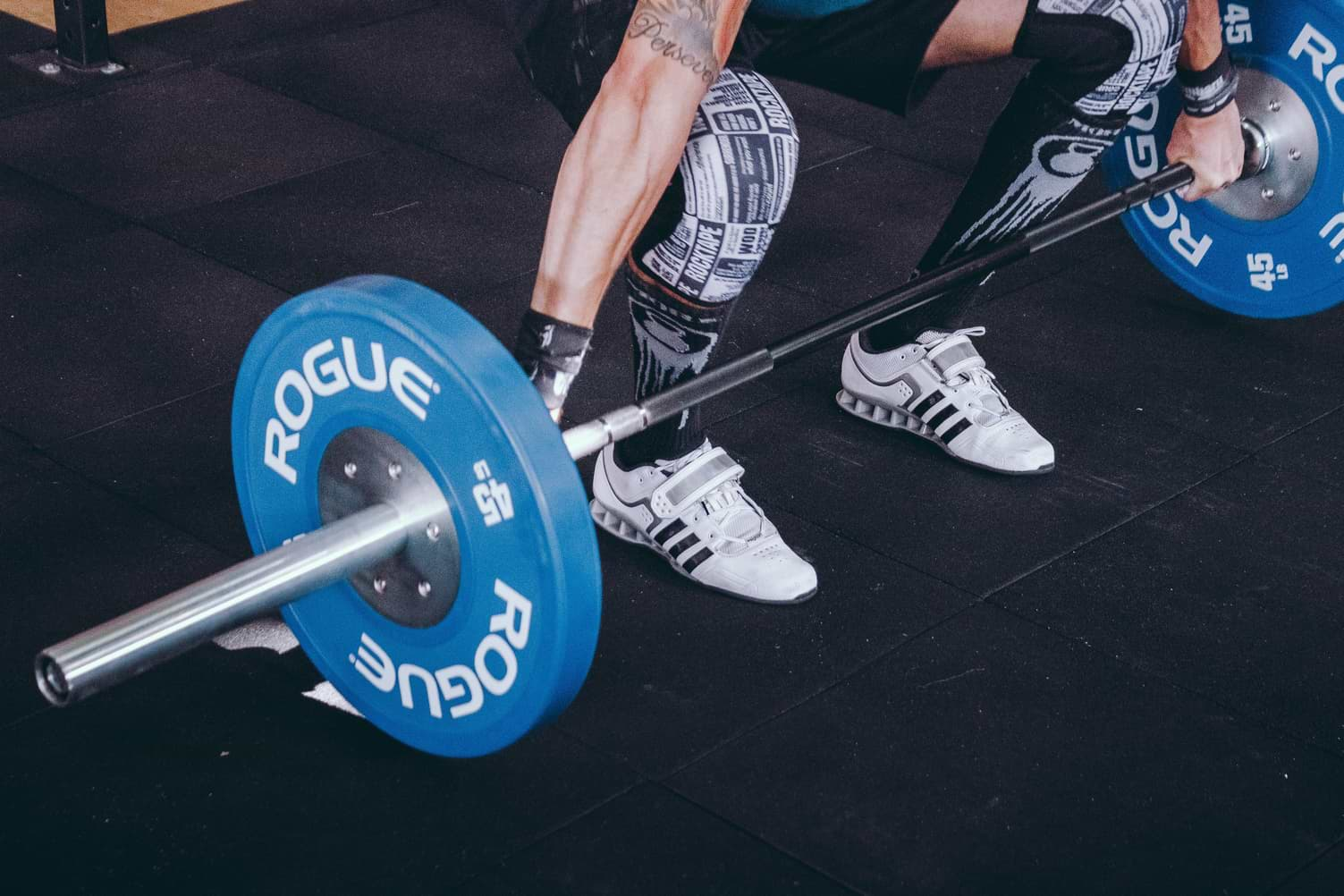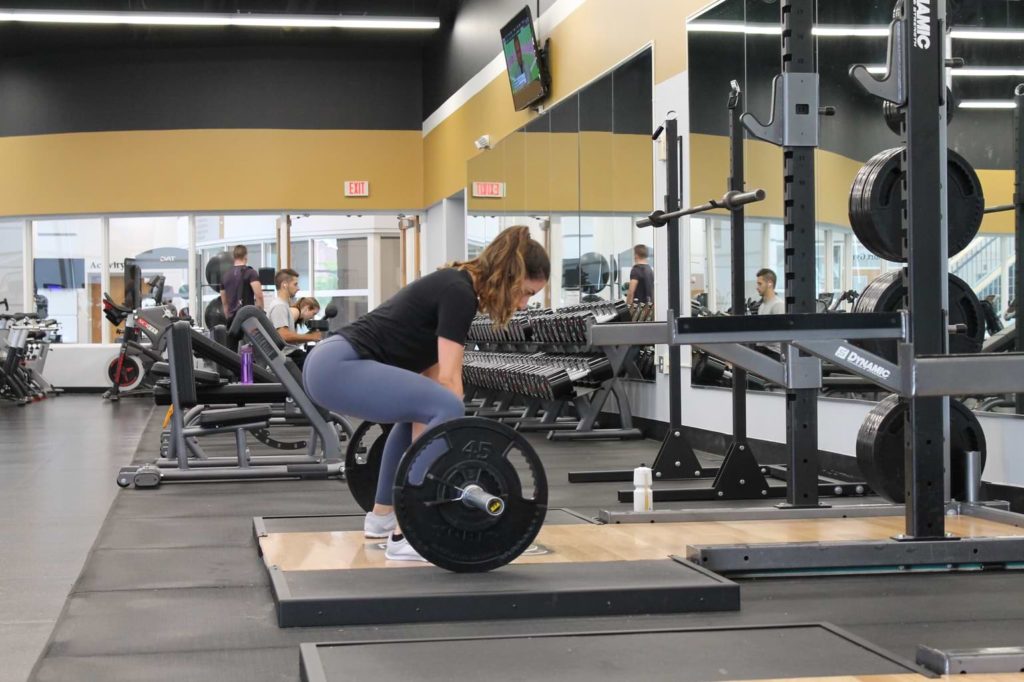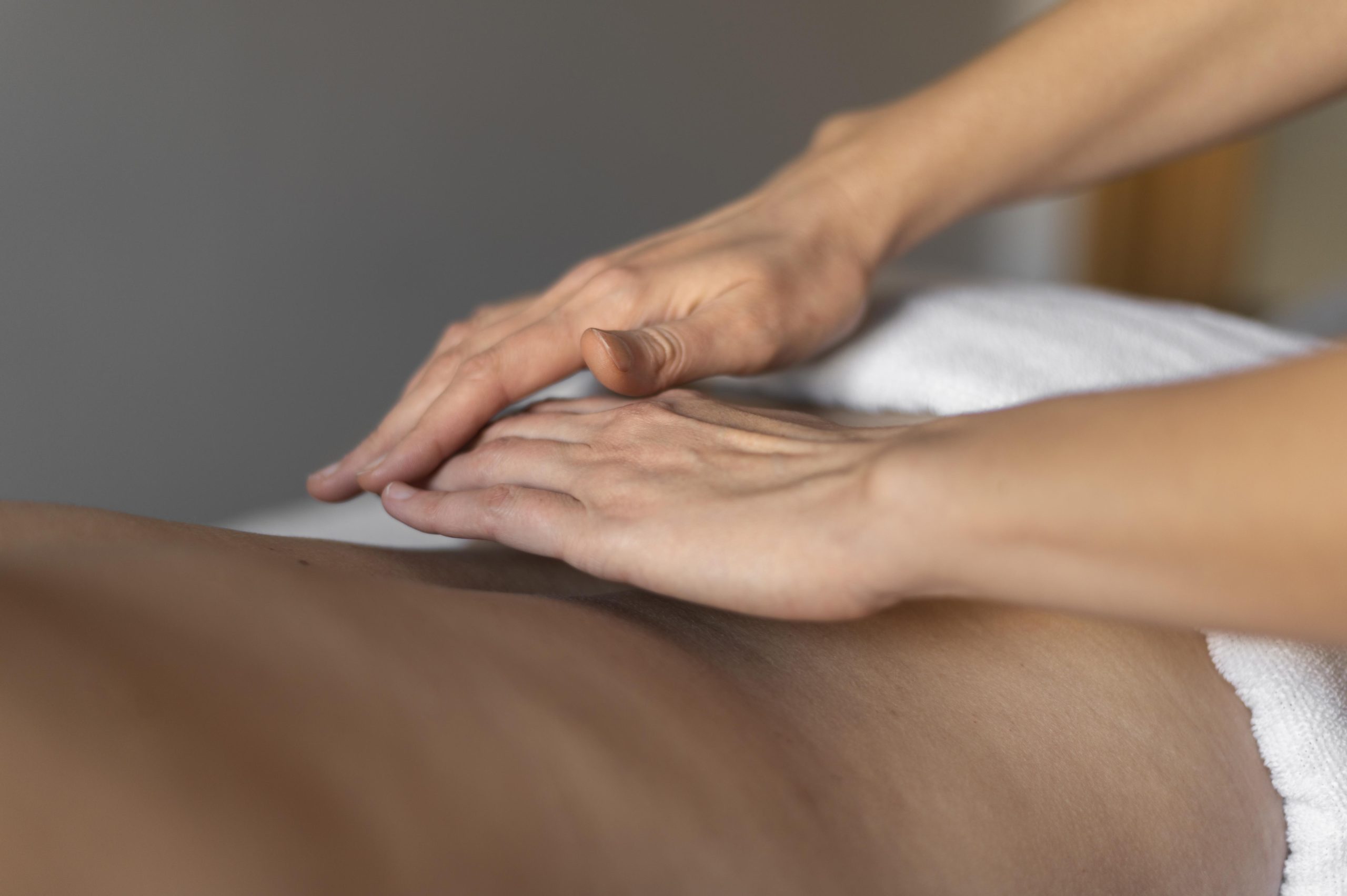Health
Experts Share the Importance of Strength Training for your Legs when Trying to Lose Weight

Although performing cardiovascular exercise will slowly burn calories, it won’t be nearly as effective at shedding the pounds from a good strength training session. Strength training, that’s dynamic, and involves a lot of movement, can help you to get lean and mean – burn the fat and put on the muscle mass!
Compound exercises are a great way to target both these goals simultaneously.
By keeping the movement alive and targeting different muscles at the same time, we keep a high heart rate and maximise our blood flow, making calorie burning more effective. The more muscle used, the more energy burned, its simple as that.
Having lean muscle mass on your body will help burn calories throughout the day. By having lean active tissue, your muscles require calories throughout the day. When consuming food, your muscle cells will absorb these calories first before storing any fat on the body. This is one of the main reasons weight training can be more affective than cardio for fat loss. Metabolic reactions throughout the body have increased. The need to breakdown molecules for musculoskeletal recovery prevents weight gain.

What weight training exercises are the best for fat loss?
There is a reason why “leg day” is a saying and nobody wants to miss it.
Athletes know training their legs is important for a variety of reasons.
1 – The legs have the biggest muscles in the body. Between your quadriceps and hamstrings alone, you have 7 large muscles within two major muscle groups. This means when you train your legs you are burning an enormous amount of energy when performing repetitions of an exercise that involve both muscle groups.
Examples of exercises that use all muscle groups in the lower extremities:
- Squats
- Lunges
- Step Ups
2 – Leg Exercises Require Cardio. Because so many muscle groups are counter acting at the same time within repetitions of these exercises, it takes a lot of exertion on the body. This causes our heart rate to elevate and we burn more calories effectively.
3 – Boost Your Stamina. By training your legs, you’ll increase your general fitness levels, and will be able to complete other exercises more efficiently and more accurately. Again, this will increase your stamina levels and promote weight loss.

Why else is training your legs important?
1 – Staying functional. The lower extremities of our body are exposed to tightness if we don’t perform the right strength training exercises and stretch. As most jobs entail sitting at a desk all day long, this causes muscles such as our hips, hamstrings and calves to get tight. By giving 15 minutes attention to this everyday, we can keep these muscles limber so we can perform all daily and recreational activities a lot easier.
2 – Training Your Legs Will Increase Circulation. As we mentioned, training your legs increases your blood flow. This is very healthy for how your heart circulates around the body. This can help depression in people but also reduce feelings of stress and anxiety in everyone. It also for this reason helps to boost morale.
3 – Increased Flexibility. Keeping limber and stretching your legs improves your flexibility. This is essential as we get older performing all chores or getting involved in any recreational activity.
Takeaway
My advice is starting small when training your legs. A lot of muscles are being worked so it’s important to avoid injury at the beginning. Start with machines and build up to manual exercises. If you need any further tips, consult London Fitness – In Home Personal Trainer for more information about strength training the safe way.
Health
How Circuhealth Clinic’s Treatment Will Benefit You: A Comprehensive Guide

Maintaining optimal health can be challenging in the modern world. Busy lifestyles, poor dietary habits, and the stress of daily life can all contribute to a decline in our overall well-being. Circuhealth Clinic Clinic, led by the renowned Nadia Nassif, offers a holistic approach to health by improving circulatory health through various advanced, non-invasive treatments.
The Importance of Circulatory Health
Circulatory health is fundamental to overall wellness. The circulatory system is responsible for delivering oxygen and nutrients to every cell in the body and removing waste products. When this system is compromised, it can lead to a host of health issues, including chronic fatigue, poor skin health, and even cardiovascular diseases. Improving circulation can enhance energy levels, support organ function, and promote overall vitality.
Personalized Exercise Programs
One of the cornerstones of Circuhealth Clinic’s approach is the creation of personalized exercise programs. These programs are not one-size-fits-all; instead, they are tailored to meet the unique needs of each individual. Personalized exercise programs can significantly enhance circulatory health by boosting blood flow, which delivers essential nutrients and oxygen to tissues and organs.
For instance, regular physical activity strengthens the heart, improves circulation, and helps regulate weight. A tailored exercise program can reduce the risk of injuries, increase motivation by aligning with specific fitness goals, and provide consistent progress tracking for optimal results. This personalized attention ensures that you are not only getting fitter but also healthier in the most efficient way possible.
Detoxification Treatments
Detoxification treatments are another vital aspect of Circuhealth Clinic’s offerings. These treatments are designed to remove toxins that impair circulation, thus enhancing overall health. Circuhealth Clinic detoxification protocols include Hydration Therapy, Detox Diets, Herbal Supplements, and antioxidant consumption.
- Hydration Therapy: Drinking plenty of water and hydrating fluids helps flush out toxins, promoting better circulation.
- Detox Diets: Consuming a diet rich in fruits, vegetables, and whole grains, while avoiding processed foods and sugars, supports the body’s natural detoxification processes.
- Herbal Supplements: Using herbs like milk thistle, dandelion root, and burdock root, known for their detoxifying properties, supports liver function and toxin elimination.
By incorporating these detoxification treatments, Circuhealth Clinic helps to ensure that your body is free from harmful toxins, thus improving circulatory health and overall well-being.
Stress Reduction Techniques
Stress can significantly impact circulatory health. High-stress levels increase cortisol production, leading to various health issues such as high blood pressure, weakened immune function, and poor skin health. Circuhealth Clinic employs several stress reduction techniques to help manage and reduce stress, thereby supporting circulatory health.
For example, the 54321 method is a grounding exercise designed to manage acute stress and reduce anxiety. This method involves identifying five things you can see, four things you can touch, three things you can hear, two things you can smell, and one thing you can taste. This technique can be particularly useful before bedtime to promote relaxation and improve sleep quality.
Other stress reduction techniques include meditation, deep breathing exercises, and yoga. These practices help calm the mind, reduce cortisol levels, and improve overall mental health, supporting better circulatory health.

Importance of a Healthy Diet
A healthy diet is crucial for maintaining good circulatory health. Circuhealth Clinic emphasizes the importance of eating a balanced diet with plenty of fruits, vegetables, whole grains, and lean proteins. Such a diet can help reduce the risk of chronic diseases, improve energy levels, and support overall health.
For those looking to manage hypertension, Circuhealth Clinic suggests a specific dietary approach:
- 10 Hours Before Bed: No more caffeine.
- 3 Hours Before Bed: No more food or alcohol.
- 2 Hours Before Bed: No more work.
- 1 Hour Before Bed: No more screen time.
- 0: Number of times you hit the snooze button.
This structured approach helps regulate blood pressure and promotes better sleep, both essential for good circulatory health.
Conclusion
Circuhealth Clinic Clinic, under the expert guidance of Nadia Nassif, offers a holistic approach to health that focuses on improving circulatory health through personalized exercise programs, detoxification treatments, stress reduction techniques, and advanced diagnostics. By addressing the underlying causes of health issues and providing tailored treatment plans, Circuhealth Clinic helps individuals achieve optimal health and well-being.
Whether you are looking to manage a chronic condition, improve your overall health, or simply enhance your quality of life, Circuhealth Clinic’s comprehensive approach offers a path to better health. Embrace these treatments and lifestyle changes to experience the full benefits of improved circulatory health and overall wellness.
-

 Tech3 years ago
Tech3 years agoEffuel Reviews (2021) – Effuel ECO OBD2 Saves Fuel, and Reduce Gas Cost? Effuel Customer Reviews
-

 Tech5 years ago
Tech5 years agoBosch Power Tools India Launches ‘Cordless Matlab Bosch’ Campaign to Demonstrate the Power of Cordless
-

 Lifestyle5 years ago
Lifestyle5 years agoCatholic Cases App brings Church’s Moral Teachings to Androids and iPhones
-

 Lifestyle3 years ago
Lifestyle3 years agoEast Side Hype x Billionaire Boys Club. Hottest New Streetwear Releases in Utah.
-

 Tech6 years ago
Tech6 years agoCloud Buyers & Investors to Profit in the Future
-

 Lifestyle4 years ago
Lifestyle4 years agoThe Midas of Cosmetic Dermatology: Dr. Simon Ourian
-

 Health5 years ago
Health5 years agoCBDistillery Review: Is it a scam?
-

 Entertainment5 years ago
Entertainment5 years agoAvengers Endgame now Available on 123Movies for Download & Streaming for Free
